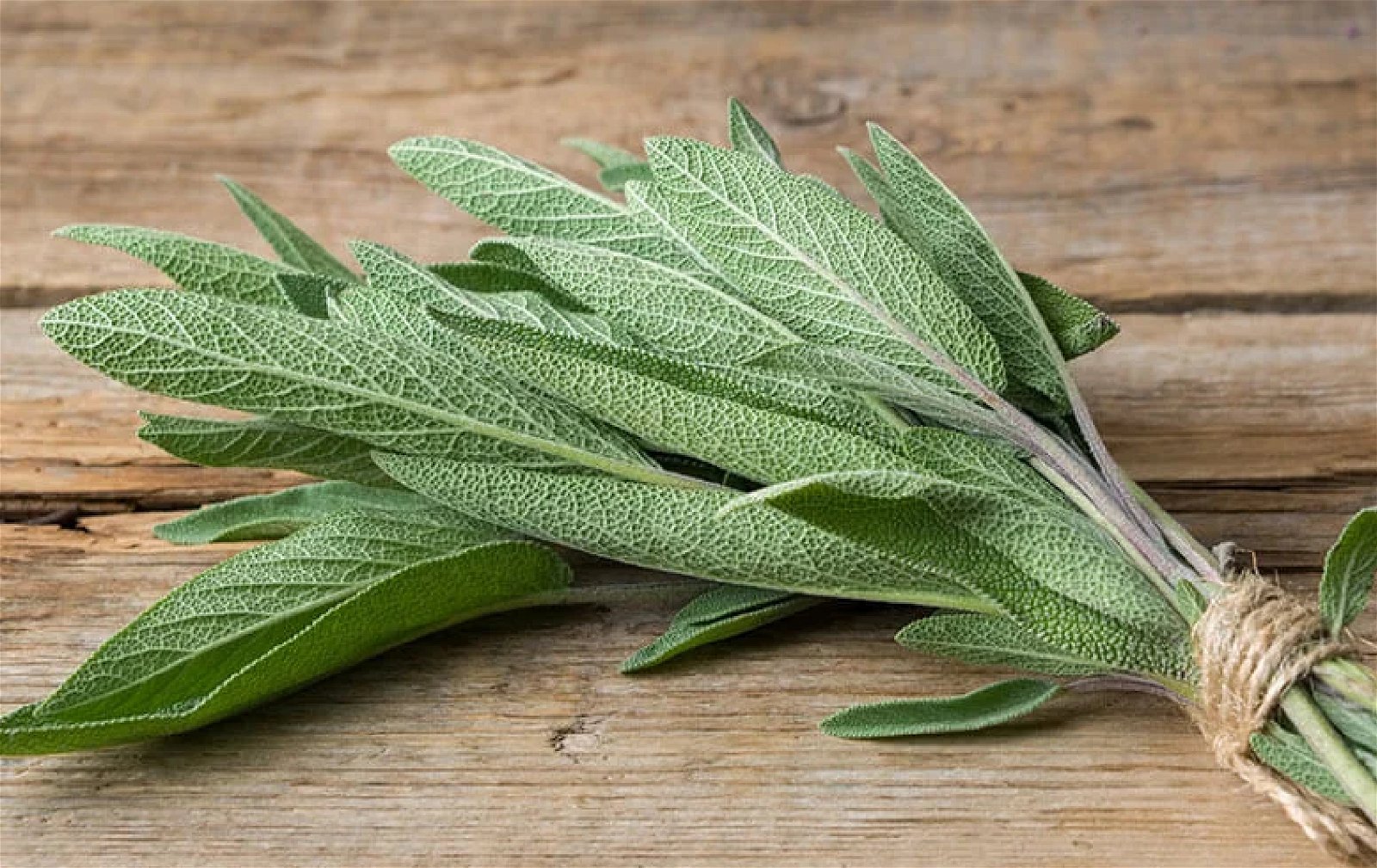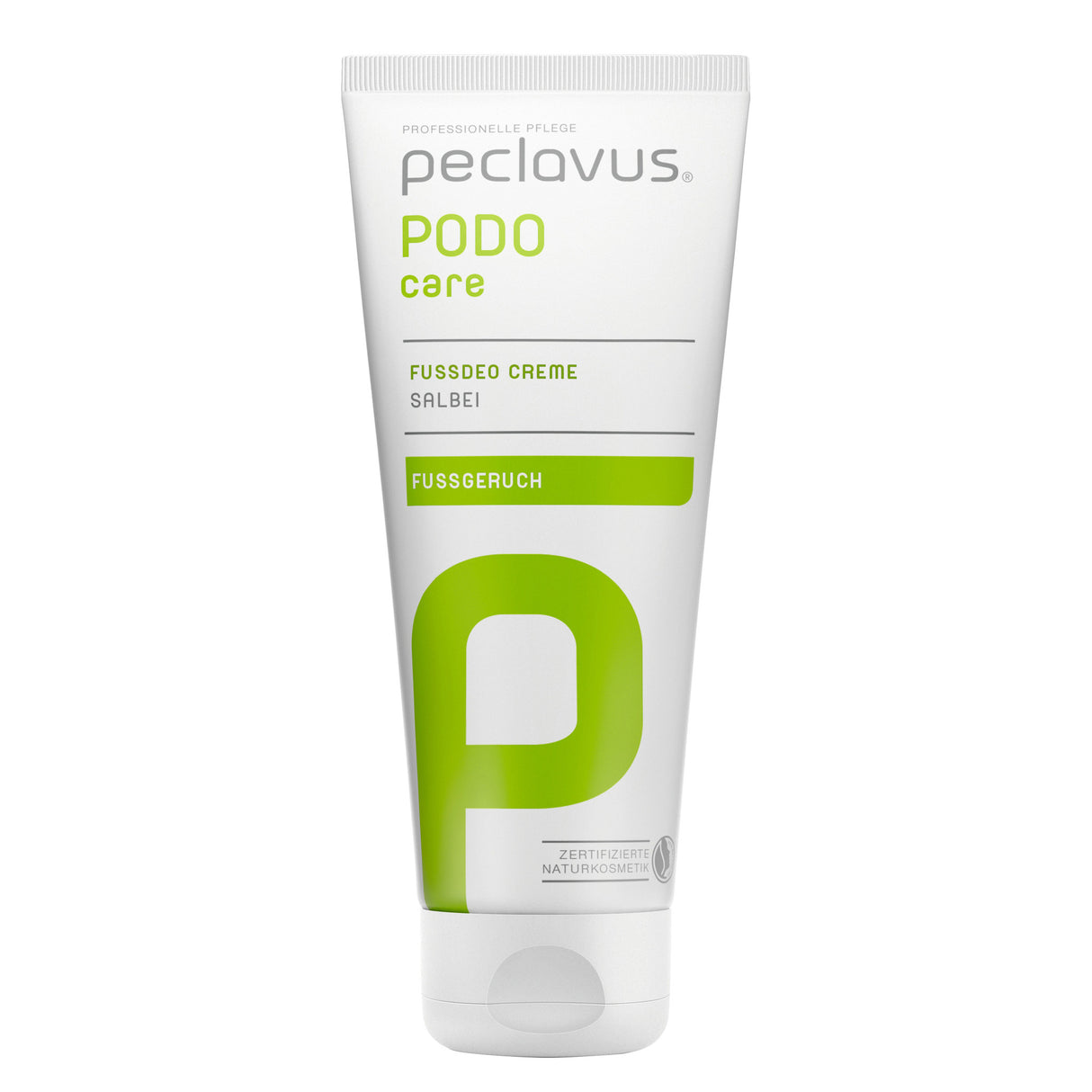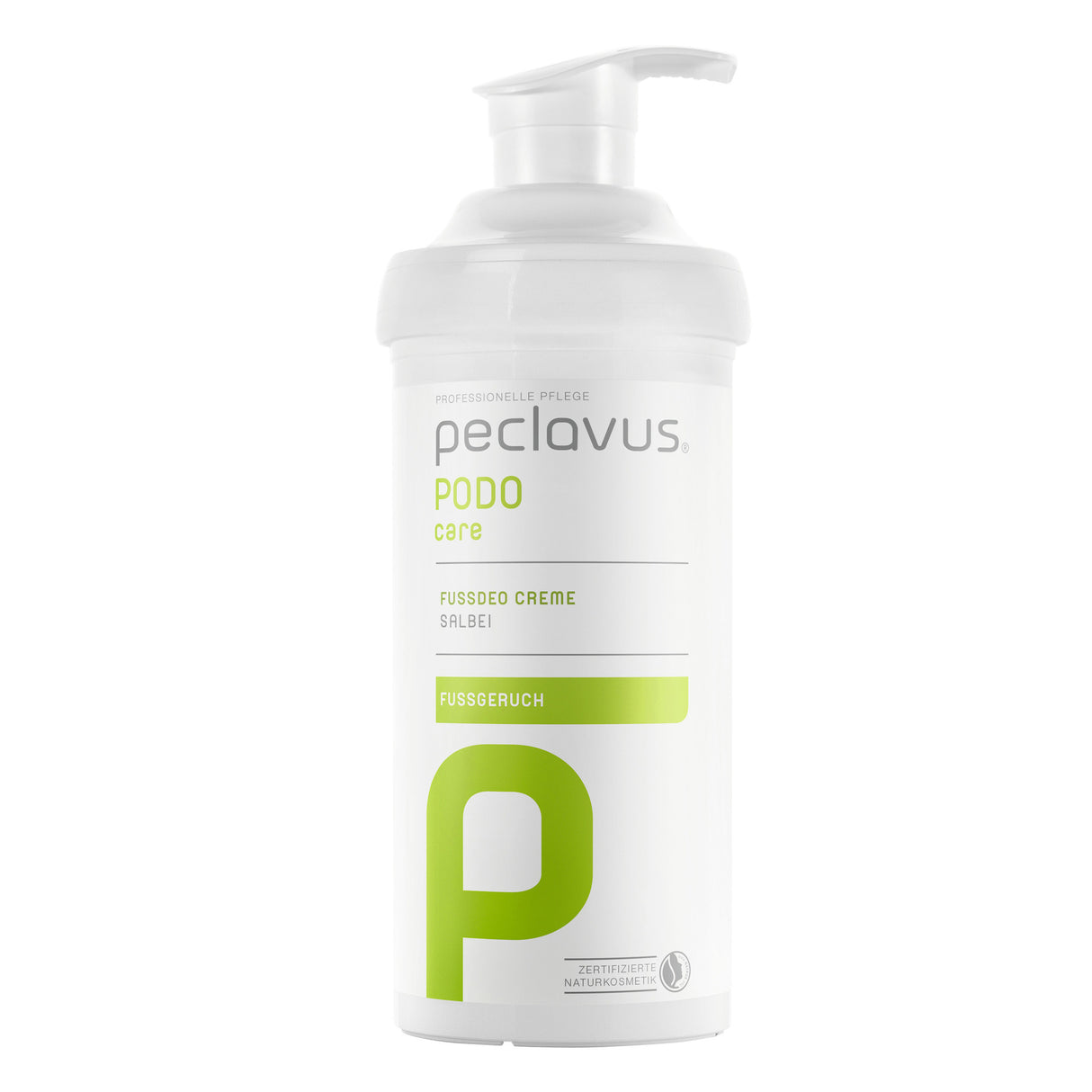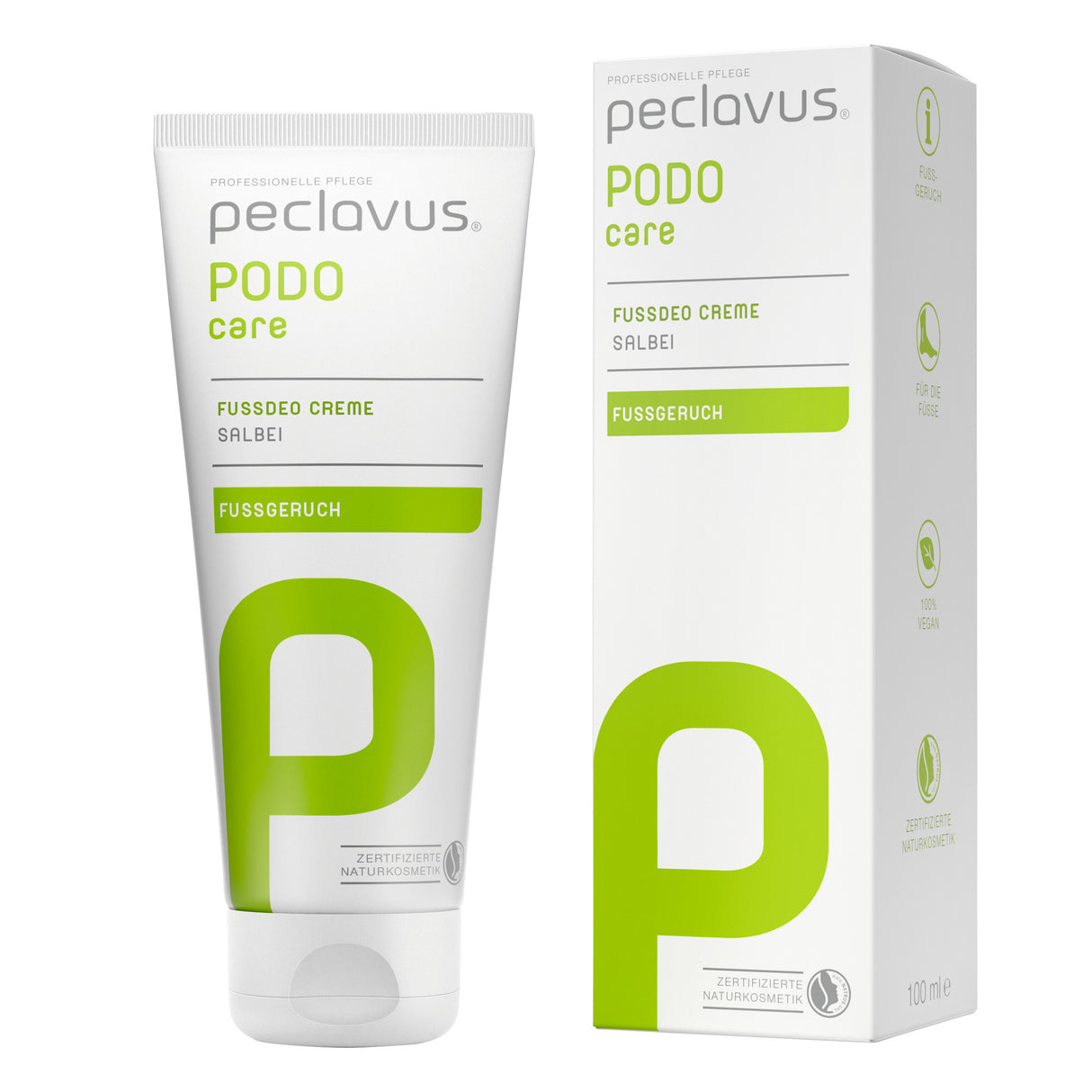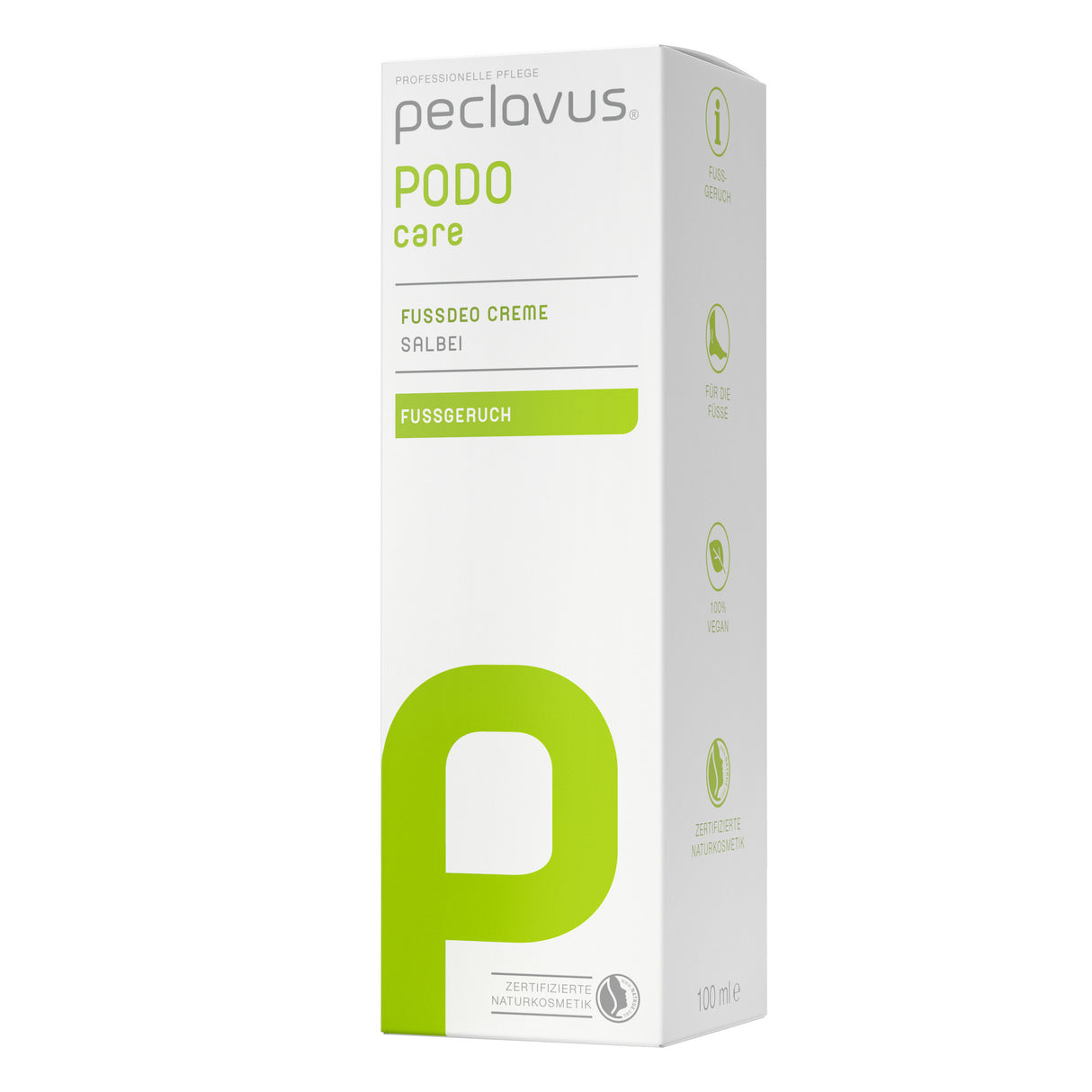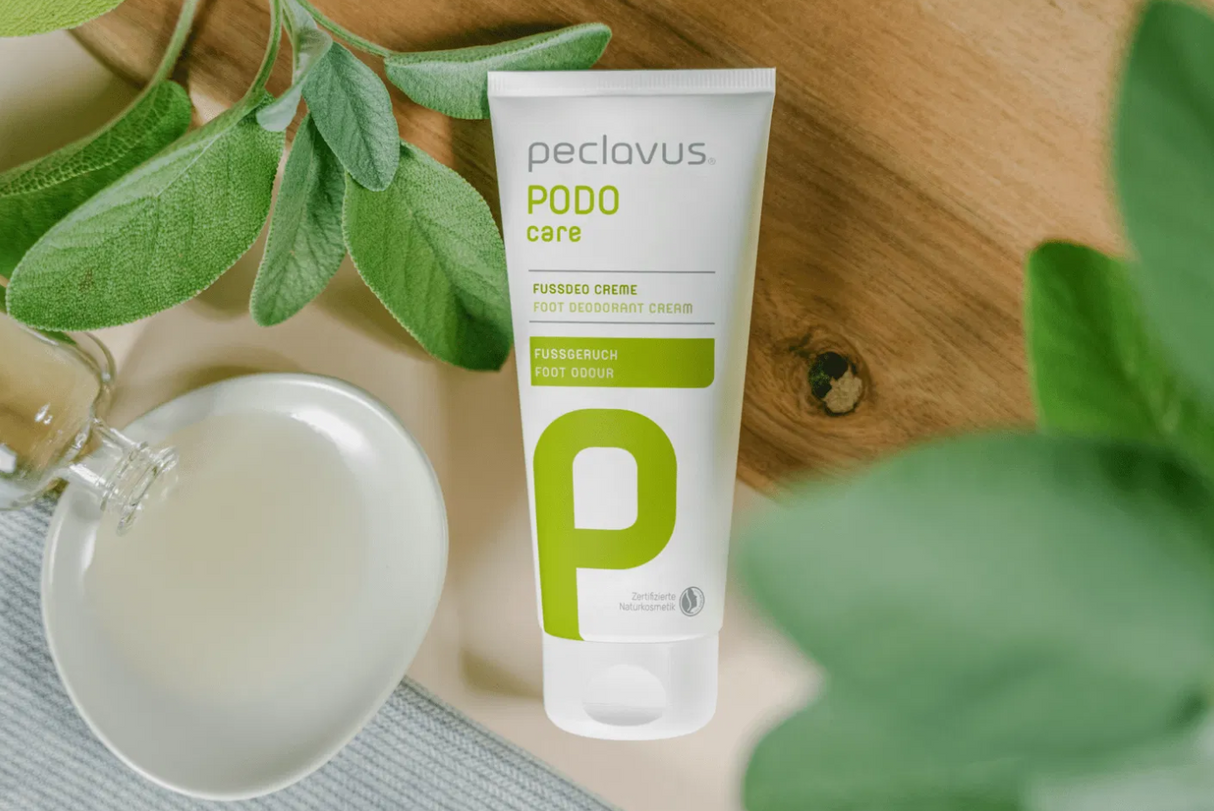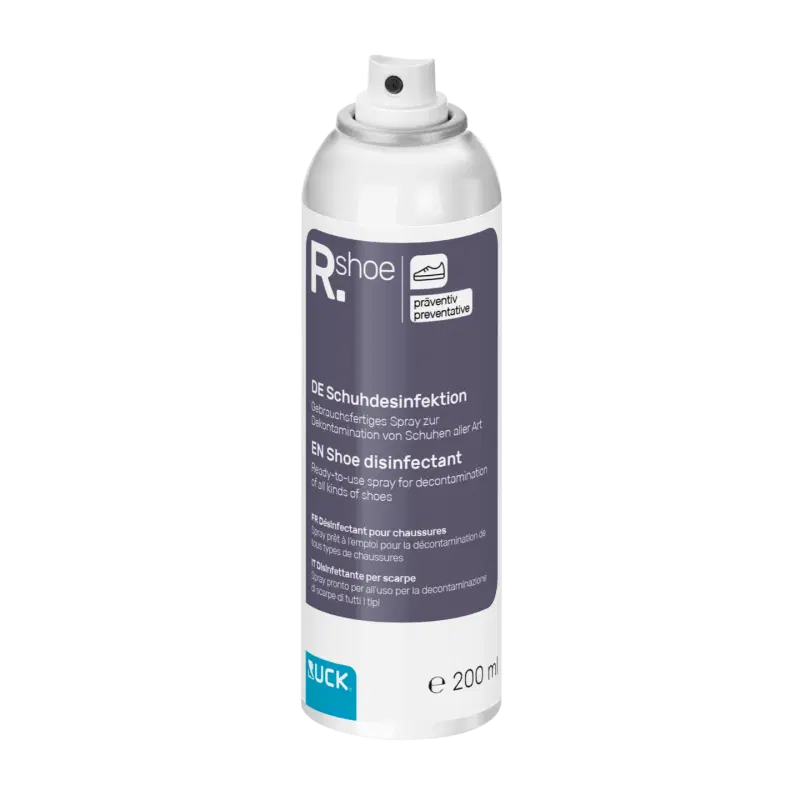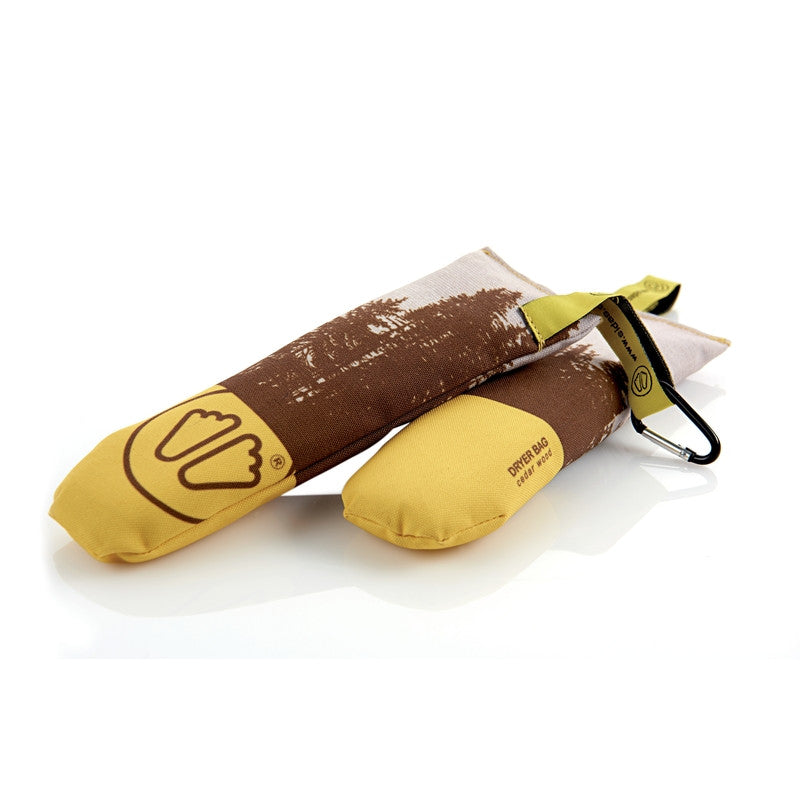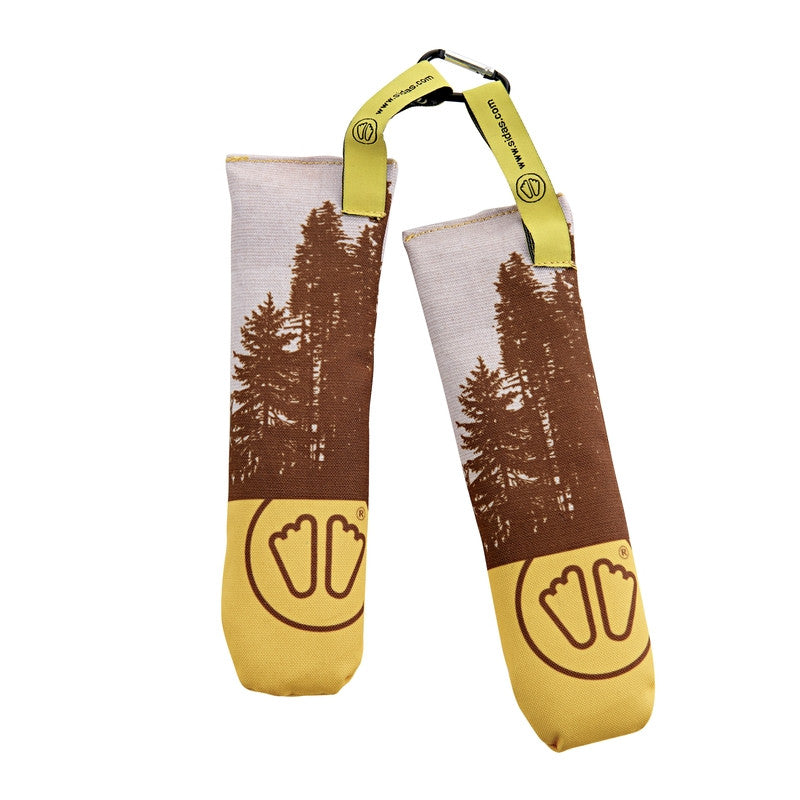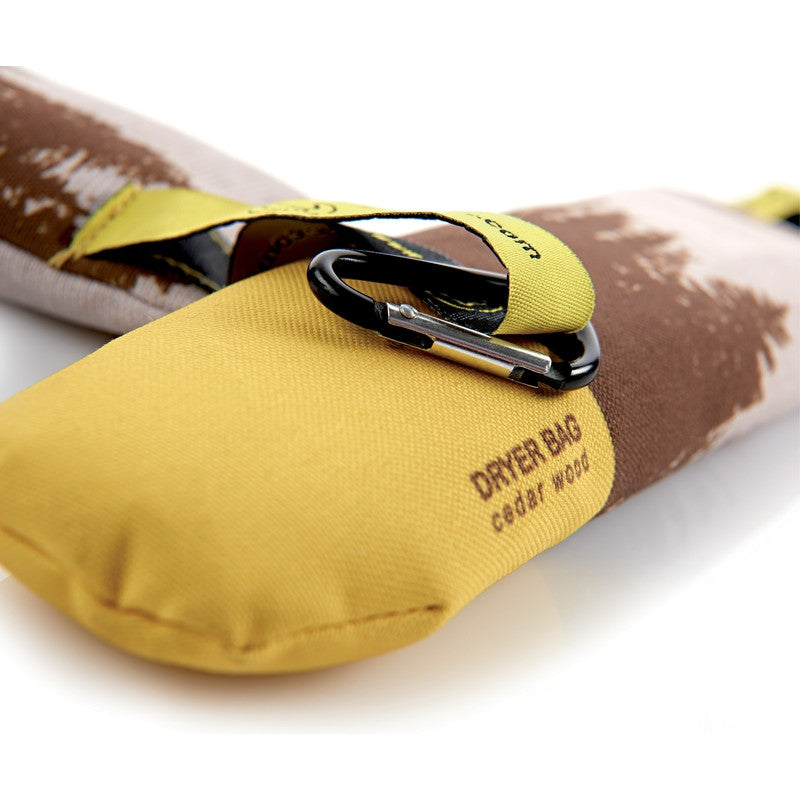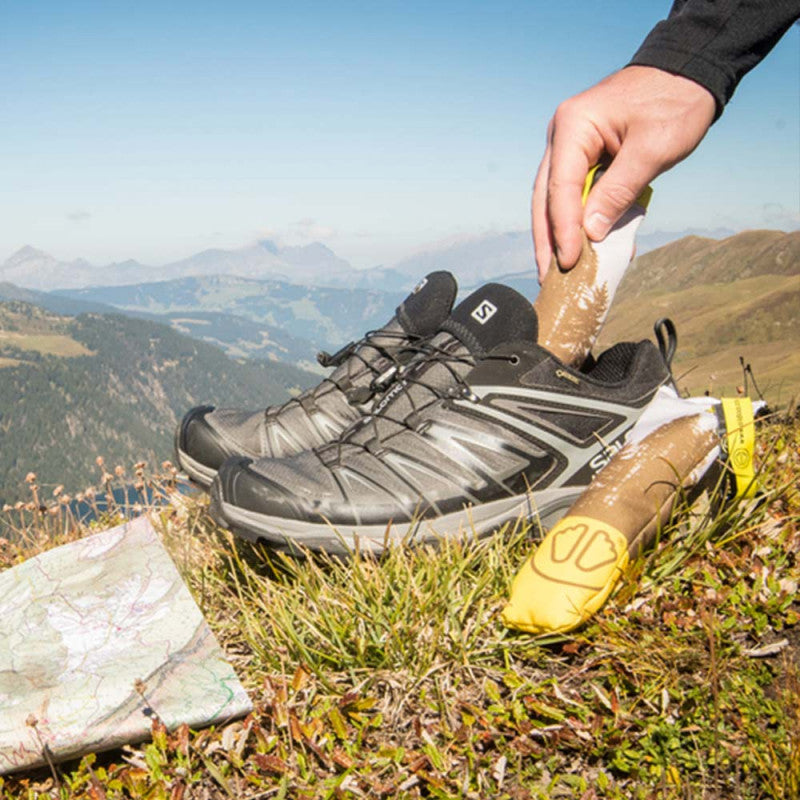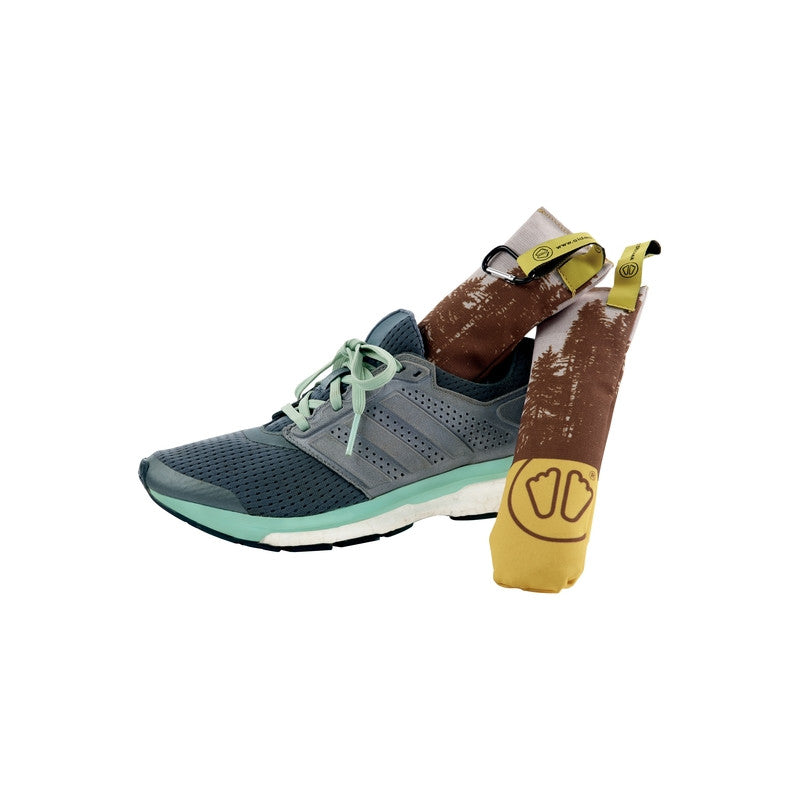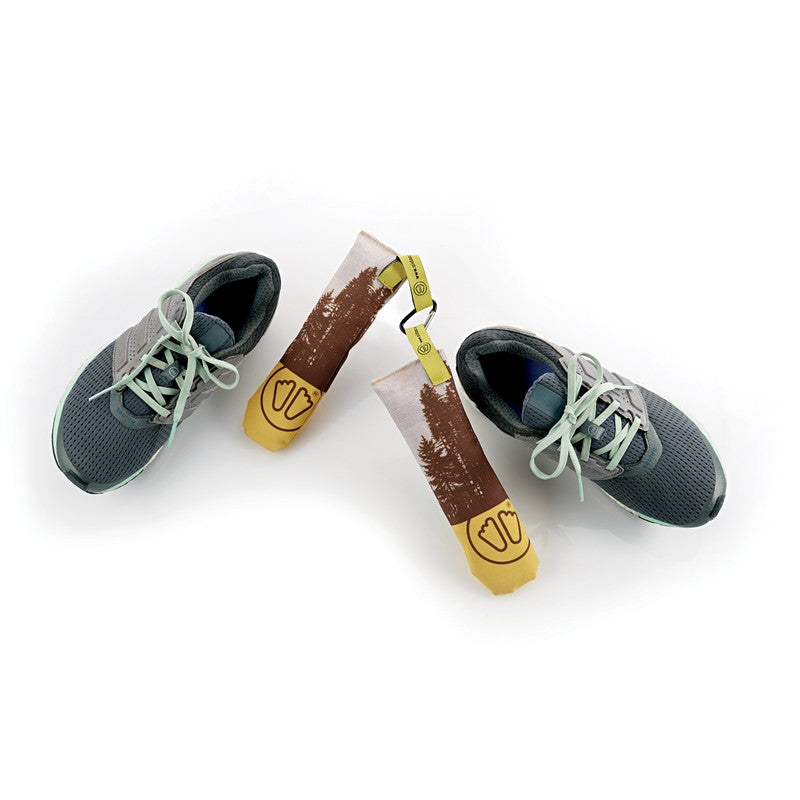Each person has two to four million sweat glands. They are not evenly distributed throughout the body, but are concentrated in “hot spots”: they are most densely located on the palms of the hands, soles of the feet, and armpits. If, for example, there are only about 55 glands per square centimeter on the skin of the neck and back, then there are about 400 glands on the palms, and about 620 glands on the soles of the feet. The reason for this can be found in human evolution. Running over difficult terrain is easier if wet palms and soles provide better grip and a firmer base.
Sweat has a protective function
Sweating is an important bodily function controlled by the sympathetic nervous system. For all organs to function normally, our bodies need to maintain a constant temperature of around 37°C, regardless of the ambient temperature. Temperature sensors, or thermoreceptors, are located both in the skin and in the body, and they inform the brain about external and body temperature.
Slowing blood flow to the skin protects against overheating - before the body temperature drops too low, blood flow to the skin is restricted by constricting blood vessels, which reduces heat loss to the outside. To prevent body temperature from rising, the opposite happens: blood flow to the skin is increased by dilating blood vessels, thus allowing heat to escape to the outside world.
If this measure is insufficient, sweat glands are activated to moisten the skin and thus create evaporative cooling. Under normal conditions, this mechanism protects against overheating. If it is overloaded, heat accumulation, or heat stroke, occurs, which manifests itself as nausea, dizziness, headache, anxiety, confusion and even unconsciousness.
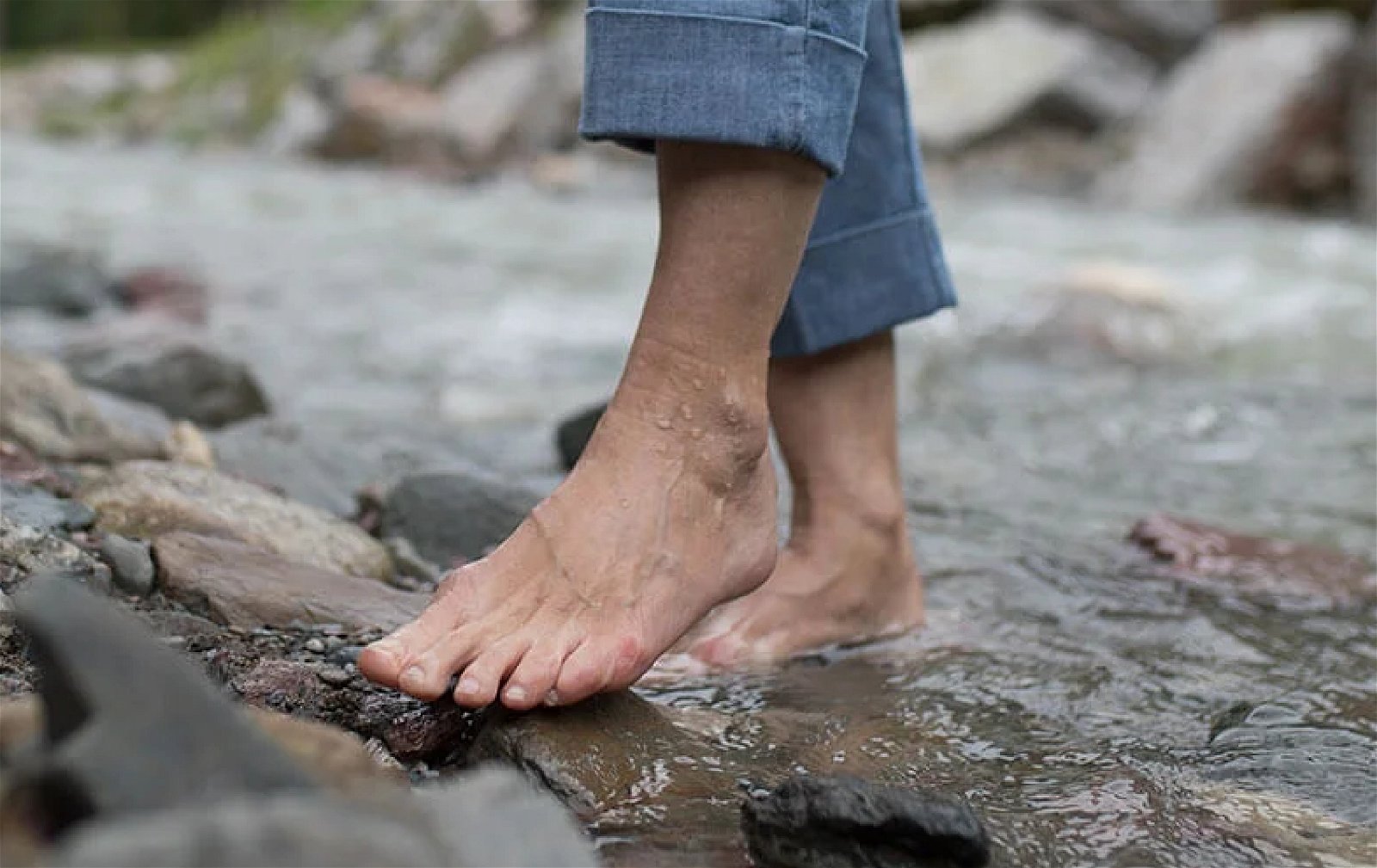
Excessive sweating causes stress
Excessive sweating is called hyperhidrosis (from the Greek “hypér” = “over”, “beyond” and “hidrós” = “water”). It can affect specific parts of the body or the whole body. Excessive sweating most often occurs on the hands or armpits, but also on the head and neck, feet and torso. For many people, hyperhidrosis affects more than one part of the body.
Hyperhidrosis is different from the occasional heavy sweating that occurs in healthy people - a person with hyperhidrosis sweats so intensely that their clothes are constantly damp and often stained with sweat. This is extremely unpleasant.
For example, a person who has constantly damp hands often avoids contact with other people for fear of shaking hands. It's a vicious cycle: the fear of sweating actually makes you sweat more.
- The cause of “primary hyperhidrosis,” which accounts for more than 90% of cases, is unknown. This condition is more commonly considered a localized tendency to sweat.
- “Secondary hyperhidrosis” often affects the entire body and is the result of other disorders, such as overactive thyroid or adrenal glands, medications (such as cortisone), hormone-producing tumors, or severe obesity. Diabetes-related autonomic (vegetative) neuropathy can cause both anhidrosis, which means severely reduced or no sweating, and hyperhidrosis.
Hyperhidrosis (hyperhidrosis pedis or plantaris) is excessive sweating of the feet. There are three degrees of severity:
- Grade I: mild hyperhidrosis - palms and feet are very wet;
- Grade II: moderate hyperhidrosis - a layer of sweat forms on the palms and soles;
- Grade III: severe hyperhidrosis - sweat also forms in the form of drops on the fingers and toes and on the sides of the feet.
A warm, moist environment provides a breeding ground for pathogens. Since there are no oil glands between the toes to provide protective lipids, the skin swells more easily and loses elasticity. Cracks form on the whitish, macerated skin between the toes, which can become a gateway for bacteria and fungi. In addition, the skin becomes susceptible to the formation of warts. If the bones of the feet are constantly overmoistened, a favorable breeding ground for bacteria is created.
!! Palmoplantar hyperhidrosis should be treated in a dermatologist's office, where individual treatment options will be recommended to the affected individual.
Help for sweaty feet in everyday life
In a podiatrist's salon or podiatry practice, it is first necessary to determine whether the sweating and odor are due to insufficient hygiene, unsuitable shoes, or other conditions - it may have occurred due to the specifics of the work, for example, wearing rubber boots or safety shoes for a long time or if the work is in a warm and humid environment (for example, in a greenhouse, spa, or kitchen).
Shoes and socks with a high synthetic content contribute to foot sweating, as does changing shoes too frequently.
It is often helpful to simply explain to clients and patients that some moisture on the feet and a slight foot odor are normal. Simple rules can reduce foot sweating and prevent foot odor.
Practical tips:
- Wash your feet at least once a day with a pH-neutral product and lukewarm water and then dry thoroughly;
- Regularly care for your feet with products that regulate sweating and prevent odor. Foot deodorants are available in cream, powder or spray form. Peclavus® PODOcare Deodorizing Foot Cream with Sage is especially recommended;
- Shoes, socks and shoe insoles should be made of breathable materials as much as possible and should be changed as often as possible or ventilated for 24 hours;
- Bamboo socks and socks with silver or copper fibers prevent odor formation; the same applies to cedar wood insoles, as well as activated charcoal or cinnamon insoles;
- To prevent the occurrence of mycosis, shoes should be regularly disinfected with a special aerosol, such as RUCK® shoe disinfectant;
- Fresh air has a beneficial effect on the feet - so take advantage of the warm season to walk barefoot as often as possible;
- Foot baths with herbal extracts, such as oak bark (astringent and antiperspirant), rosemary and sage (disinfectant and deodorant properties), are recommended.
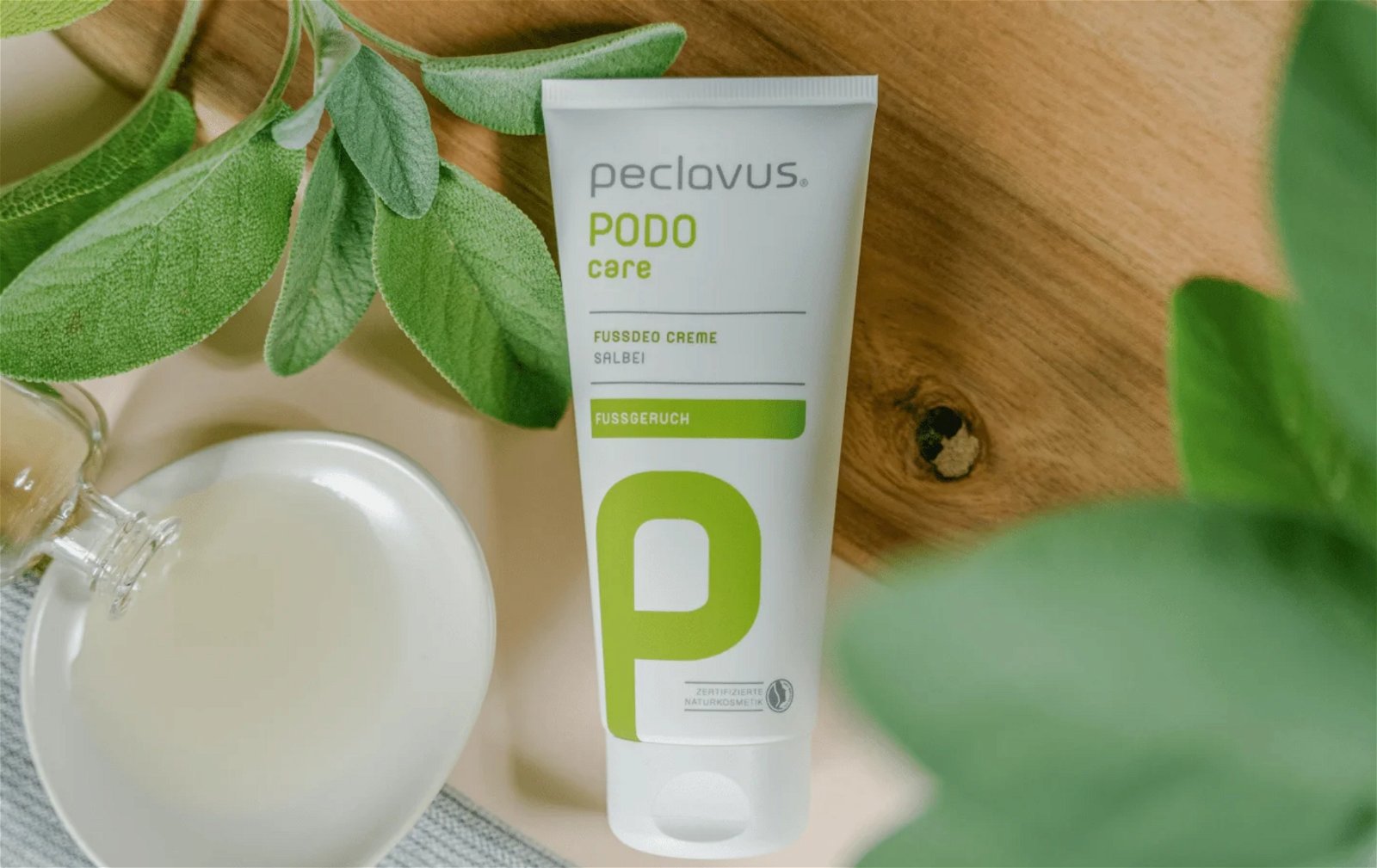
Important: This information is for general information only and is not a substitute for medical advice. Please consult your doctor for an accurate diagnosis and appropriate treatment.


